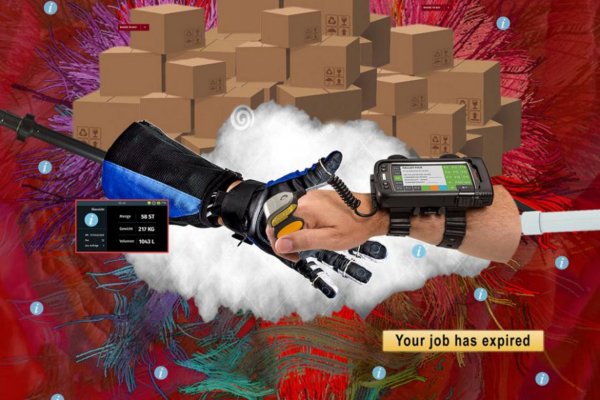Amazonian Flesh

In immersive installations, objects and performances, the artists of the collective knowbotiq investigate forms of knowledge production, political and economic systems and algorithmic control systems of artificial intelligences.
The installation Amazonian Flesh provokes a collective idleness as a situation for the visitors: in intimate auditory radio plays, the visitors are asked by robots to give up wage labour forever. With Amazonian Flesh, the artists' collective knowbotiq investigates how algorithmic companies - following the title of the installation, the artists refer to the company Amazon - transform their employees and customers into logistical bodies and processes. In the process, the artists also embark on a search for free spaces of the immeasurable, the immediate and the non-optimisable and ask whether robots and artificial intelligences would also show solidarity with employees in the future.
The installation Amazonian Flesh reflects the new working conditions in the logistics industry and the digital economy. All movements and wishes of employees and customers are continuously recorded, evaluated and optimised. The boundaries between the body and digital infrastructures are blurred in a constantly changing matrix of value creation. As the collective wrote about the installation: "Amazonian Flesh is a sprawling collective web of bodies, bots and digital artefacts that embraces, seduces and threatens." Frederick Taylor tried to develop methods to optimise the performance of workers:inside as early as 1882 - by studying time, wage, movement and work processes. Henry Ford systematically transferred this so-called "Taylorism" in the sense of process control of work procedures to the flow processes of industrial mass production determined by machines. In "Fordism" it was particularly important to ensure that each employee could afford his/her own car from his/her work.
In an installation developed for esc medien kunst labor, consisting of a flag and videos with computer-animated, robotic beings, the actions of a company's employees are merged into the body of an artificially intelligent network. The optimisation of the work process by robots again becomes the subject of artistic exploration in this exhibition. And once again the question arises: How will the relationship between man and machine in the working world be shaped in the future? Will human work processes in companies soon be declared obsolete and taken over entirely by machines? And what role would humans still play in the economic world after such a "fourth industrial revolution"? In the installation Amazonian Flesh, the artists postulate a reality of the human being.
